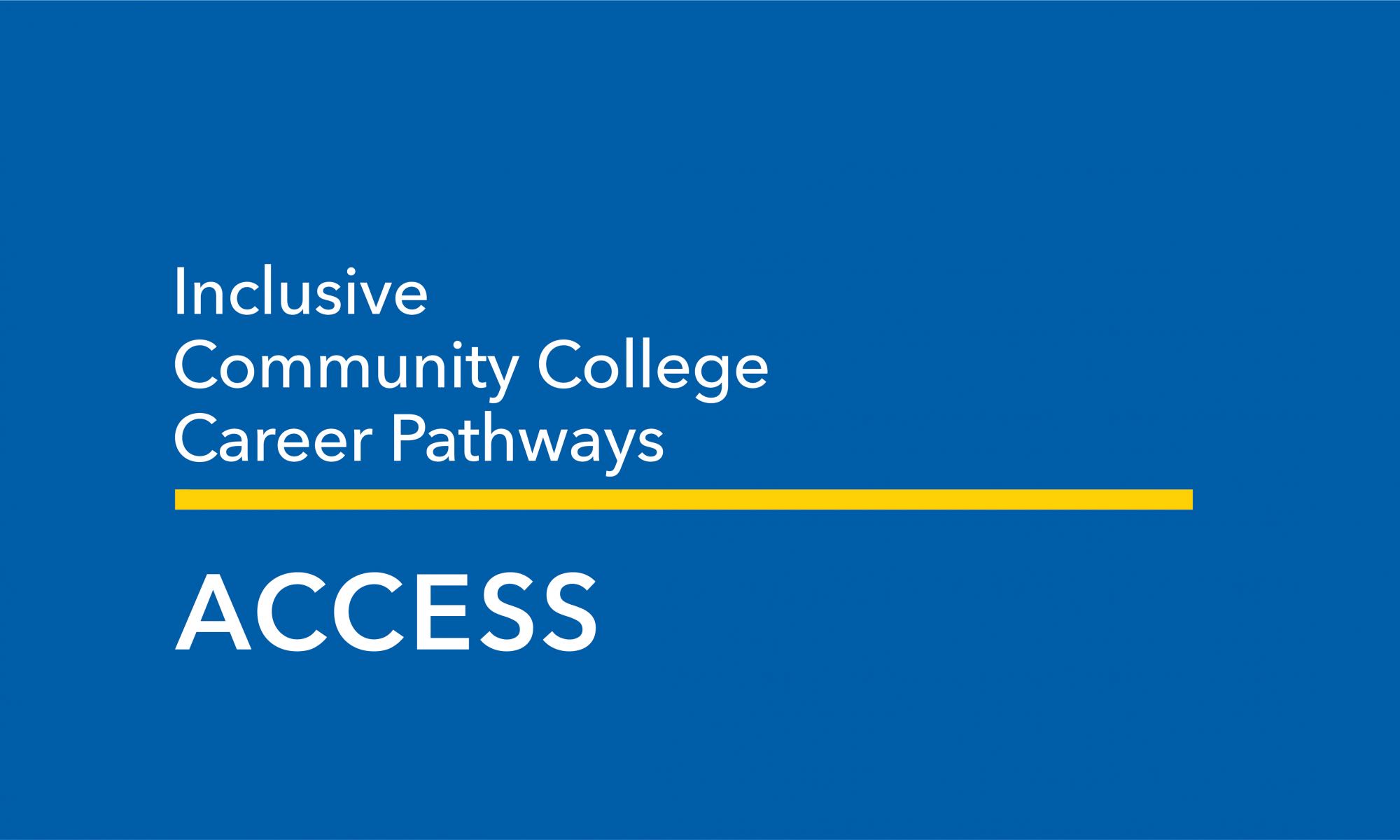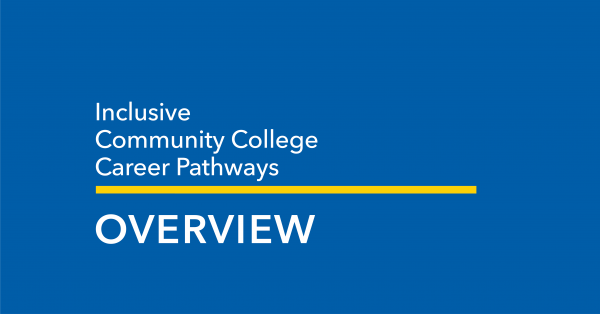This is the second of six installments in this series. Read the previous blog here. The next blog will discuss Universal Design for Learning.
How can students with disabilities better access a community college education? This is a question that Onondaga Community College and Pellissippi State Community College sought to address as part of their demonstration model grants from the U.S. Department of Labor. While accessibility can take many forms, the projects approached the issue from two key angles: (1) providing college “bridge” programs to prepare students with disabilities for success in community college, and (2) conducting audits and renovations to improve campus accessibility.
Continue reading “Inclusive Community College Career Pathways: Access”

